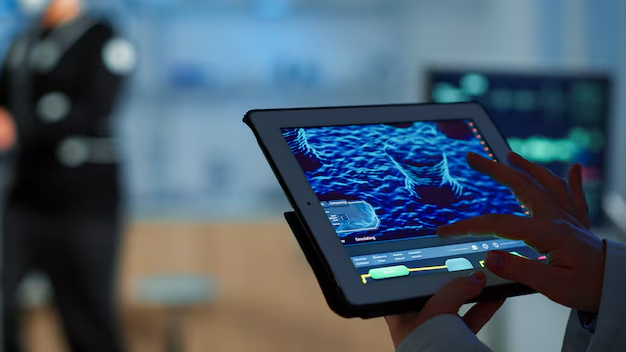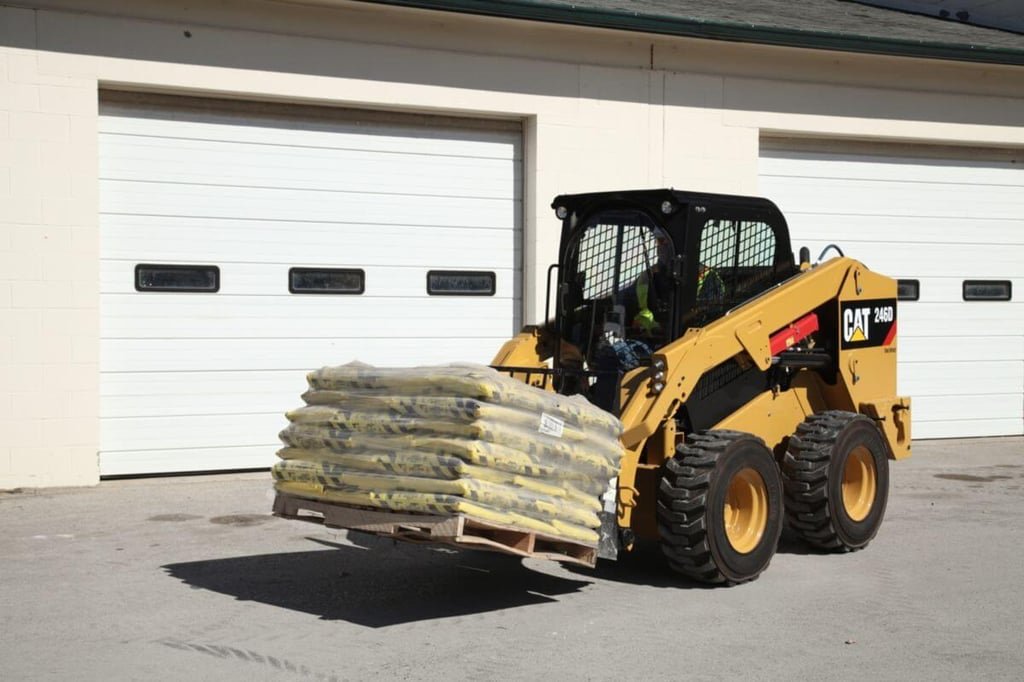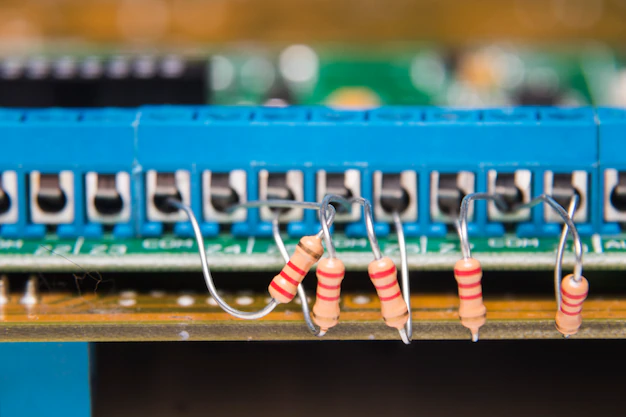Introduction
Picture yourself standing on the shore, looking out over the endless stretch of ocean before you. Now imagine going thousands of feet beneath that surface, into the dark and pressure-packed depths. That’s exactly where deep offshore technology takes us. It’s a fascinating mix of science and engineering. It’s designed to explore and gather resources from ocean depths as mysterious as outer space. This article explores the essentials of deep offshore technology. It explains what it is, how it works, and why it matters for our future. Get ready for a journey into the depths of innovation!
What is Deep Offshore Technology?
Deep offshore technology includes tools, techniques, and equipment for exploring and extracting resources from ocean depths, typically over 1,000 meters below sea level. This tech is widely used in the oil and gas industry. It’s also gaining traction in renewable energy and environmental research.
Why is Deep Offshore Technology Important?
- Unlocking Resources: Deep offshore technology allows access to valuable resources like oil, gas, and even minerals that lie buried beneath the ocean floor.
- Energy Independence: As countries look to secure their own energy sources, deep-sea exploration helps reduce reliance on foreign oil.
- Renewable Energy Potential: Beyond oil, this technology could pave the way for deep-sea wind farms and even wave energy generators, helping us tap into renewable energy.
Innovations in Deep Offshore Technology
Thanks to technological advancements, going deep isn’t as dangerous as it used to be. Let’s look at some of the amazing innovations in deep offshore technology:
1. Subsea Robotics
Subsea robotics, or underwater robots, are essentially the “eyes and hands” of deep offshore technology. These robots can perform tasks like drilling, inspection, and maintenance, all while surviving the intense pressure and darkness of deep waters.
- Remotely Operated Vehicles (ROVs): Controlled by operators on the surface, these robots can dive deep, capturing images, collecting samples, and even conducting repairs.
- Autonomous Underwater Vehicles (AUVs): Unlike ROVs, AUVs operate on their own, guided by pre-programmed instructions. They’re commonly used for mapping and surveying vast underwater areas.
2. Advanced Drilling Techniques
Drilling in deep waters isn’t just about going down; it’s about precision, safety, and minimizing the environmental impact. Here are a few techniques making it possible:
- Directional Drilling: Allows drilling at multiple angles, which is crucial for reaching various pockets of oil and gas without needing additional drilling sites.
- Enhanced Blowout Preventers (BOPs): These safety devices are designed to prevent uncontrolled release of oil or gas in case of pressure issues, making deep drilling safer.
3. Real-Time Data Monitoring
Data is essential in deep offshore technology. By monitoring various factors in real-time, operators can make quick adjustments to improve efficiency and safety.
- Seismic Imaging: This tech uses sound waves to map the layers of rock and sediment, allowing operators to locate resources without excessive drilling.
- Remote Sensors: Placed on equipment or even directly on the seafloor, these sensors provide data on everything from temperature to pressure, helping operators make informed decisions quickly.
Environmental Concerns and Safety Measures
While deep offshore technology has brought numerous benefits, it also raises environmental concerns. The deep-sea ecosystem is delicate, and disturbances from drilling and other activities can have significant effects.
- Spill Prevention: Companies now use enhanced spill prevention systems and conduct frequent inspections to reduce the risk of oil spills.
- Environmentally Safe Chemicals: Many operators have shifted to chemicals that have less impact on marine life, making the process less invasive.
- Monitoring Ecosystems: Advances in technology have also allowed scientists to study deep-sea ecosystems more closely, ensuring that exploration efforts do not disrupt marine habitats.
The Future of Deep Offshore Technology
With the world’s growing demand for energy, deep offshore technology will likely play an even bigger role in the coming years. Here’s a glimpse into the future:
- Renewable Deep-Sea Energy: Wind, solar, and even geothermal energy sources in the deep ocean could be the next big wave in renewable energy, helping reduce our dependence on fossil fuels.
- Marine Mining: Beyond oil and gas, the deep sea holds mineral resources like cobalt and manganese, essential for technologies like electric vehicles. Deep offshore technology could help us access these resources sustainably.
- Better Environmental Protection: As we learn more about the ocean, future deep offshore technology will likely focus on more eco-friendly practices, balancing the need for resources with the health of marine ecosystems.
Conclusion
Deep offshore technology is a remarkable example of how far human innovation can go. Reaching into the ocean’s depths unlocks new energy sources, boosts economic growth, and paves the way for cleaner, renewable energy. While challenges like environmental impact remain, technology is evolving to make deep-sea exploration safer and more sustainable. As we dive further into the unknown, one thing is clear: deep offshore technology goes beyond drilling – it’s about discovery.
FAQs
Q: What exactly is deep offshore technology?
A: Deep offshore technology encompasses the tools, techniques, and machines used to explore and extract resources from deep-sea areas, typically over 1,000 meters below the ocean surface.
Q: What are some of the primary uses of deep offshore technology?
A: Deep offshore technology is mainly used in the oil and gas industry for drilling and resource extraction. However, it’s also used for renewable energy exploration, marine research, and environmental monitoring.
Q: Are there environmental concerns associated with deep offshore technology?
A: Yes, deep-sea exploration and drilling can impact delicate marine ecosystems. However, new technology is helping to mitigate these effects with improved safety measures, real-time monitoring, and eco-friendly practices.
Q: How do subsea robotics work in deep offshore technology?
A: Subsea robots like ROVs and AUVs perform various tasks, from underwater inspections to drilling. Operators on the surface control ROVs, while AUVs follow pre-set instructions to operate autonomously.
Q: What’s the future of deep offshore technology?
A: The future looks promising, with advancements aiming toward renewable energy in the deep sea, sustainable marine mining, and improved methods for protecting ocean ecosystems











